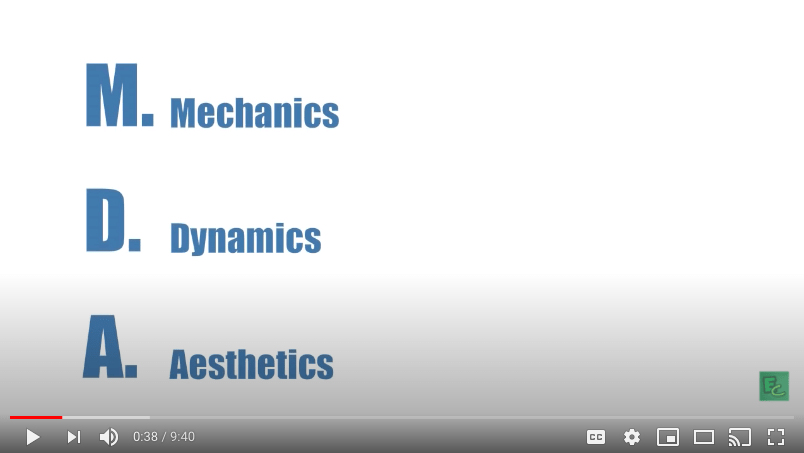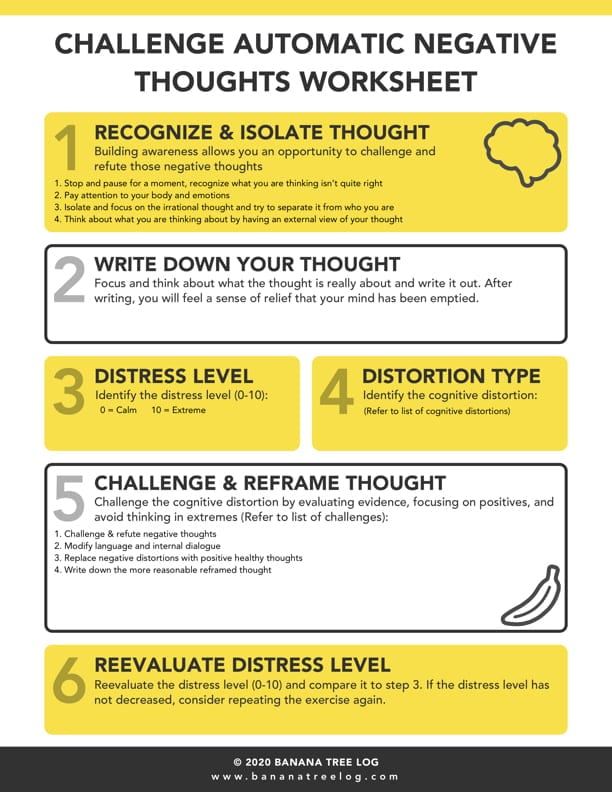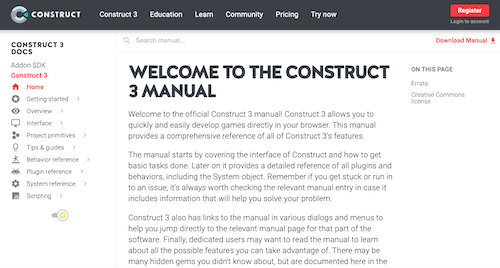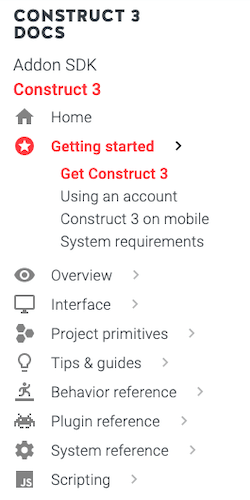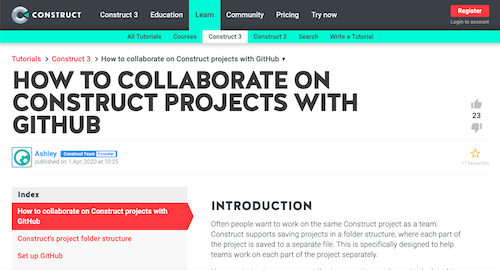| Formal Elements | |
| The Basics | NOTES |
| Name of the game | Subnautica |
| The platform | Xbox, PS4, PC |
| Time played (should be at least 30 minutes) | 23 hours |
| If you could work on this game (change it), what would you change and why? | I would make the game a TINY bit more clear where you have to go to start the mid-game progression. |
| Players | NOTES |
| How many players are supported? | 1 |
| Does it need to be an exact number? | Yes |
| How does this affect play? | This makes the player feel alone and isolated on the alien planet. |
| |
| Objectives/Goals | NOTES |
| What are the players trying to do? | Explore and escape the alien planet |
| |
| Rules/Mechanics | NOTES |
| There are three categories of (what the book Rules of Play calls) operational rules:Setup – the things you do at the beginning of a game.Progression of Play – what happens during the game.Resolution – How an outcome is determined based on the game state. | Subnuatic uses all Setup, Progression of Play, and Resolution |
| Controls | NOTES |
| What controls are used? | I used a Xbox controller to play so the controls would differ for keyboard and mouse and PS4. Left stick to move, right stick to look/aim, right trigger to use, left trigger to secondary use, A to jump and rise, X to interact, B to close, right bumper to go up in a ship, left bumper to go down in a ship |
| Was there a clear introductory tutorial? | No there is no tutorial at all, the game just throws you in with no help. This makes you feel alone. |
| Were they easy to understand or did you find yourself spamming the controller? | The only problem I had was that the tablet (where you find info you find) and the pause menu I mess up all the time. |
| Resources & Resource Management | NOTES |
| What kinds of resources do players control? | The player controls a person in the first person view. |
| How are they maintained during play? | You can swim, stand (if on land), get items to help in your objectives. |
| What is their role? | Your role is a person who has crashed into a alien planet. The planet is made completely out of water (except for 2 islands) Your main ship has crashed and you escape on a life pod. You are the only person left and your goal is to explore and escape the world. |
| A resource is everything under the control of a single player. Could be the money in Monopoly or health in WoW. Other examples are:Territory in RISK The number of questions remaining in 20 Questions Objects picked up during videogames (guns, health packs, etc.)Time (game time, real-time, or both)Known information (like suspects in Clue) | |
| Game State | NOTES |
| How much information in the game state is visible to the player? | All you have is a compass, your hot bar, and your oxygen/health bar |
| A snapshot of the game at a single point is the game state. The resources you have, the un-owned properties in Monopoly, your opponent’s Archery skill all count towards the game state. Some example information structures are:Total Information – Nothing is hidden, like Chess.Info per player – Your hand of cards is only visible to you.One player has privileged info – Like a Dungeon Master.The game hides info from all players – Like Clue, where no one knows the victory condition.Fog of War – In video games, where certain sections of the map are concealed if you do not have a unit in sight range of that area. You also cannot see other players’ screens, so each player is unaware of the other’s information. | |
| Sequencing | NOTES |
| In what order do players take their actions? | Your character is in an open world and can do whatever they want. |
| How does play flow from one action to another? | You can go from objective to objective through the AI voice that can sometimes tells your objectives. |
| Some structures include:Turn-based – Standard board game technique.Turn-based with simultaneous play – where everyone takes their turn at the same time (like writing something down or putting a card down in War).Real-time – Actions happen as fast as players can make them. Action-based video games.Turn-based and time limits – You have this long to take your turn. | |
| Player Interaction | |
| Some examples:Direct Conflict – I attack you.Negotiation – If you support me here, I’ll help you there.Trading – I’ll give you this for that.Information Sharing – If you go there, I’m warning you, a trap will go off. | |
| Theme & Narrative | NOTES |
| Does it have an actual story structure? | There are 2 story lines, one is that your trying to escape the planet and the other is that the planet it being infected by a virus and you get infected so you cant leave the planet until you get cured. |
| Is it based on a historical event (or similar)? | No |
| Does the theme or narrative help you know how to play? | It is a fantasy game so you know that anything can happen |
| Does it have emotional impacts? | The game can be really scary because you are never told what are at the very depths of the ocean (and you are forced to go there to progress story) . At the very depths there are huge monsters that will attack you no matter what. |
| Also, look for en media res (does it start in the middle of the game)? | The infection story line starts in the middle of the game. |
| The Elements in Motion | NOTES |
| How do the different elements interact? | You can mine ores for tools and build a base for tools and ores. You can interact with the fish/aliens by them killing you. |
| What is the gameplay like? | The gameplay is very basic in which you just explore do objectives and progress story. |
| Is it effective? | Yes |
| Are there any points where the design choices break down? | No |
| Design Critique | NOTES |
| Why did the designer make these particular choices? | The designers made all models and designs to look strange and foreign. |
| Why this set of resources? | To make the player feel alone and scared. |
| What if they made different decisions? | If they did not choose to do it this way the game would not be the same . |
| Does the design break down at any point? | No |
| Graphics & Sound | NOTES |
| Does the game art pair well with the mechanics? | Yes |
| Did you find any bugs or glitches? | Only one big one. The map sometimes did not fully load and there would be big holes in the ground. |
| What about sound? | The sound design is really good. It feels like each noise should go to each creature. |
| Can you spot any technical shortcuts? | No |
| Various Stages of the Game | NOTES |
| To wrap up, some things to keep in mind (as if there aren’t enough already) as you play: | Anything can pop up and try to kill you. |
| What challenges do you face, and how do you overcome them? | The virus is overcome by curing it near the end of the game. |
| Is the game fair? | Yes |
| Is it replayable? Are there multiple paths to victory or optional rules that can change the experience? | There is just on but you can find new things and find new ways to play the game each time. |
| What is the intended audience? | I think all ages would enjoy the game. |
| What is the core, the one thing you do over and over, and is it fun? | Just the discovery and mystery. |





